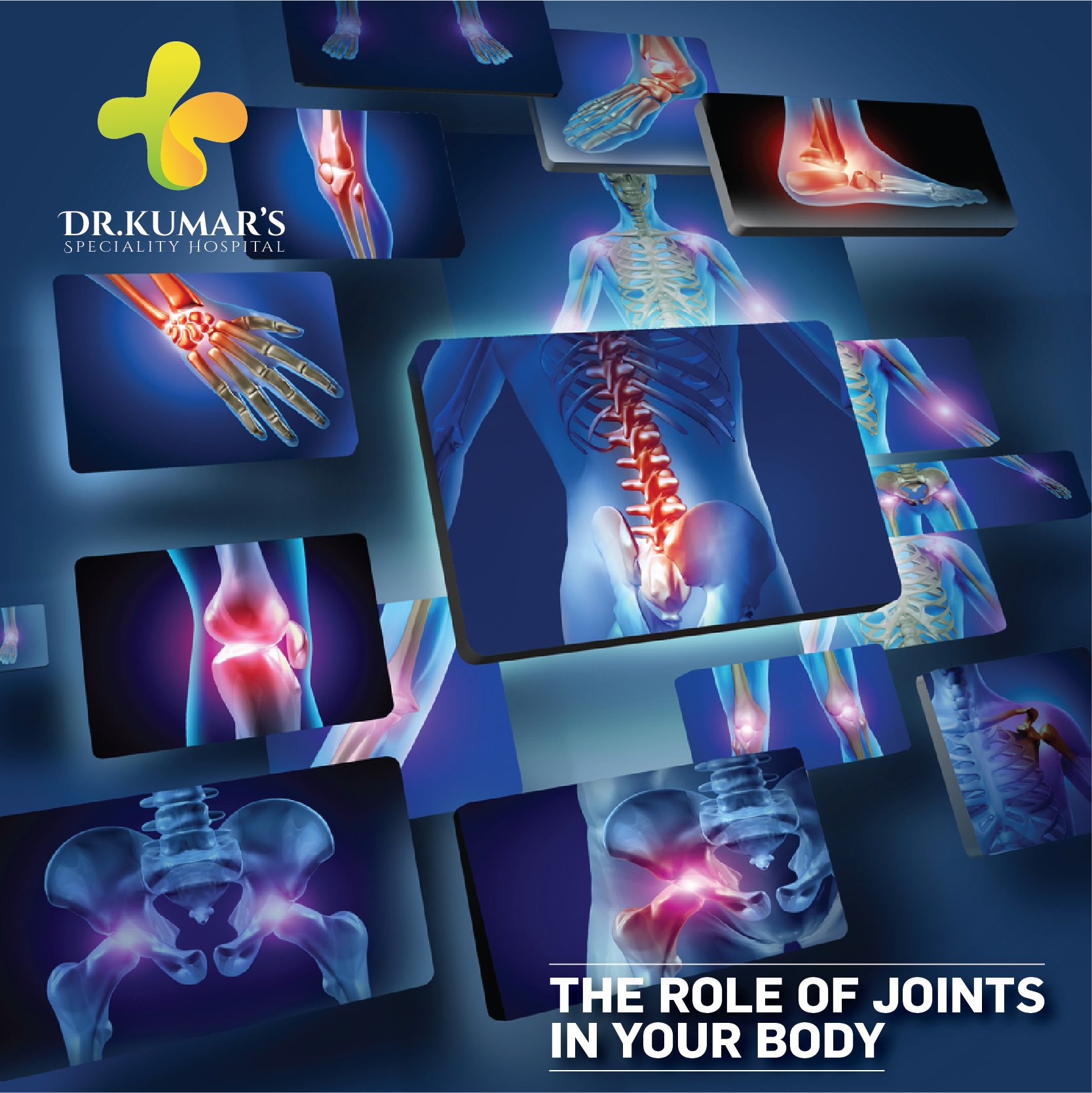
In human body, a joint is the physical point of connection between two bones. For example, the knee joint is the point of connection between the femur, or thigh bone, and the tibia, or shin bone.
Joints contain a variety of fibrous connective tissue. Ligaments connect the bones to each other; tendons connect muscle to bone and cartilage covers the ends of bones and provides cushioning.
Now read on to learn more of these joints in our body.
Synovial Joints
The most common joints are freely movable joints in the body called synovial joints. Synovial joints are surrounded by a fibrous tissue or sac called the joint capsule. This capsule surrounds the joint and is filled with a fluid called synovial fluid that lubricates the tissues and spaces within this capsule.
Ball and Socket Joints
This type of joint allows for a wide range of rotation and movement, including rotation. The shoulder and hip are examples of ball and socket joints.
Condyloid Joints
The jaw and fingers both have condyloid joints. These joints do not allow rotation, but are flexible; think of the way a joystick moves on a video game console.
Gliding Joints
This kind of joint allows bones to glide around and past each other in the spine, ankles, and wrists.
Hinge Joints
Just like the name state, these joints work like hinges. The knee and the part of the elbow that bends the ulna is the hinge joint.
Pivot Joints
The neck and elbow both have pivot joints, which allow bones to revolve, spin, or twist around other bones.
Saddle Joint
Base of the thumb is the best example of a saddle joint and what it does. Saddle joints allow side to side and back and forth motion, but do not fully rotate.
RANGE OF MOTION
Each joint has different ranges of motion for each type of movement it can perform.
Most of the human body’s joints allow for movement. A few, like joints in the skull, do not. Joints that do allow for motion, such as the knee or ankle, have a specified range of motion, which is basically how far is each direction that joint can move or bend comfortably.
The range of motion of a joint is usually measured in degrees. Generally, the extension of a joint is limited to 180 degrees or less. In other words, that joint can be opened until it is straight. The arms and the legs are example: they can be bent until they are just about straight, but cannot be pushed beyond 180 degrees without pain or damage.
Extension
Extension is the bending of a joint so that the bones forming the joint are moved farther apart, or straightened. This is a physical position that decreases the angle between the bones of the limb at a joint. It occurs when muscles contract and bones move the joint into a bent position.
Flexion
Flexion is the bending of a particular joint so that the bones that form that joint are pulled closer together. During flexion, the angle between the bones of a limb at a joint is decreased. Flexion generally occurs when muscles contract and the bones thus move the nearby joint into a curved position. Flexion is a physical position that decreases the angle between the bones of the limb at a joint. It occurs when muscles contract and bones move the joint into a bent position.
